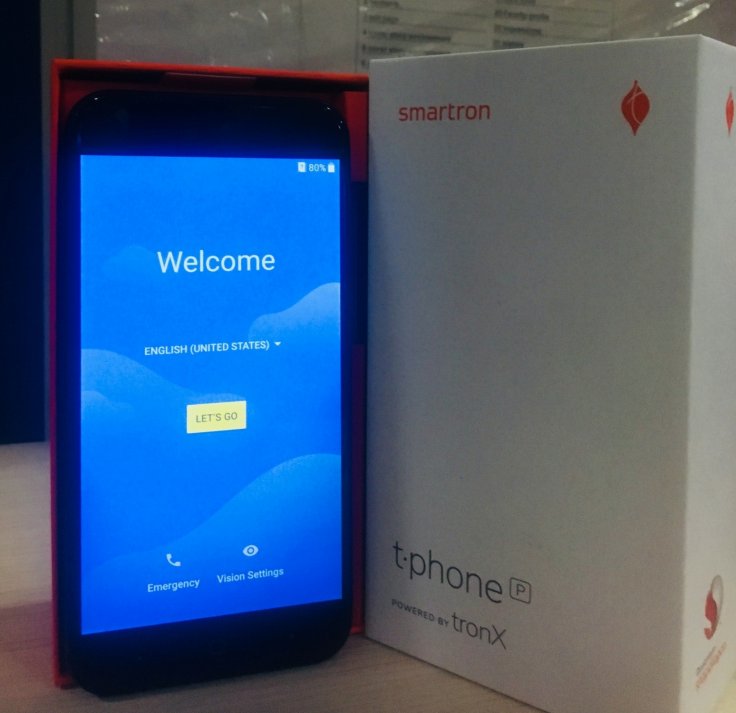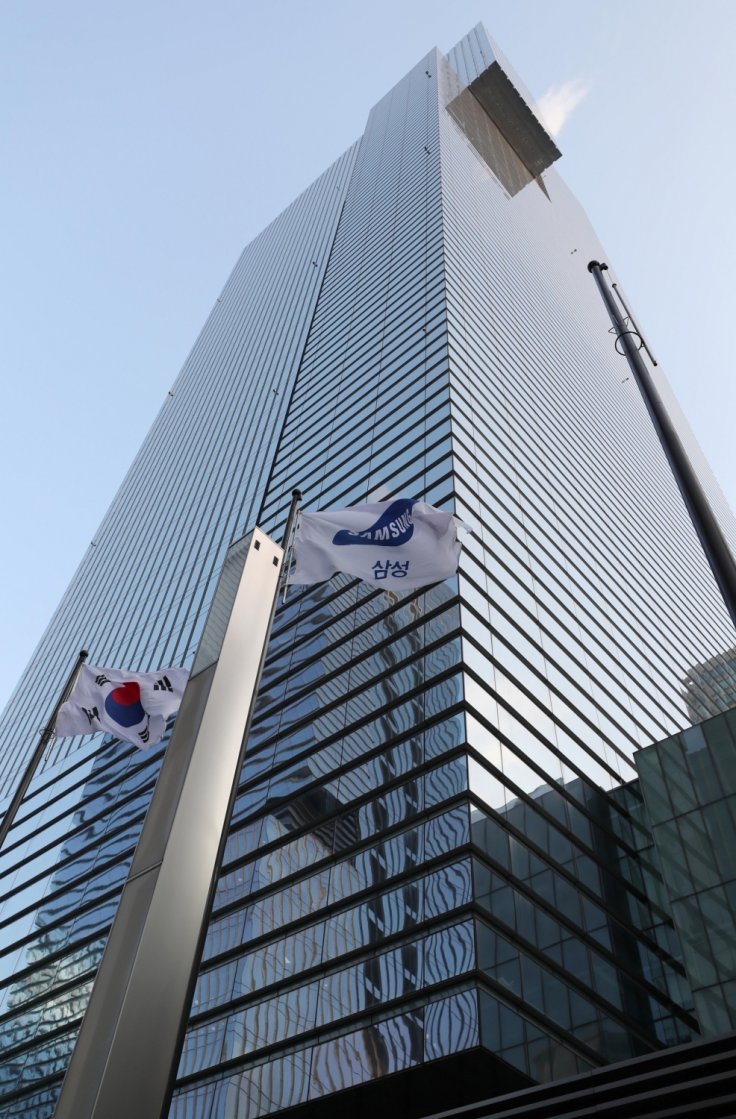
South Korean technology giant Samsung Electronics achieved a net profit of $39.30 billion, 85.6 per cent more than in 2016 thanks to the boom in the memory chip industry.
The company also earned a gross operating profit of $52 billion, 83 per cent higher than the previous year, the company said in a statement on Wednesday.
Its operating profit was $49 billion, a 83.4 per cent increase, supported by a turnover of $222 billion, which is 18.6 per cent higher than in 2016, Efe reported.
With respect to the fourth quarter of the year, the world's largest memory chip manufacturer saw its net profit increase 72.9 per cent year-on-year to $11 billion.
Its operating profit was $14.13 billion, a 64.3 per cent increase compared to the last quarter of 2016, and its sales totalled $61.54 billion, a 23.7 per cent rise.
The company attributed the good performance in the fourth quarter to its component business unit, which manufactures the DRAM and NAND memory chips that have strengthened the company's financial results throughout 2017.
Samsung said that "orders for high-performance memory products for servers and mobile storage were strong" during the October-December quarter.
The tech giant's dominance in the memory chip sector, coupled with the high demand because of the rise of big data and the Internet of Things (IoT), has boosted the prices of this type of products.
Samsung will try to improve profitability by increasing the high-end LCD portion of screens and enhancing productivity of flexible OLED panels, among other measures.
For the IT & Mobile Communications Division (IM), earnings in the mobile business declined due to a hike in marketing costs.
Total smartphone shipments decreased due to the lineup optimisation of low-end models, while shipments of flagship products, such as the Galaxy Note 8, increased from the previous quarter.
The Consumer Electronics Division, comprising the TV and home appliances businesses, posted gains for the quarter.
Samsung expects this strong demand to remain stable throughout 2018 as a result of the need to supply of new data centres as well as high-end mobile manufacturers.
In the first quarter, the company expects the mobile business to improve its earnings, led by an increase in sales of flagship products with the launch of Galaxy S9.
In 2018, demand for NAND is likely to remain strong and market conditions are forecast to be stable. Samsung will expand 64-layer V-NAND production mainly at its Pyeongtaek plant.
As for DRAM, the company expects solid demand growth due to new datacentre builds and will increase product competitiveness by expanding 10nm-class process migration.
For the display panel business in 2018, the company expects OLED to become a mainstream panel in the smartphone industry and will reinforce its competencies in foldable, automotive and IT displays.










